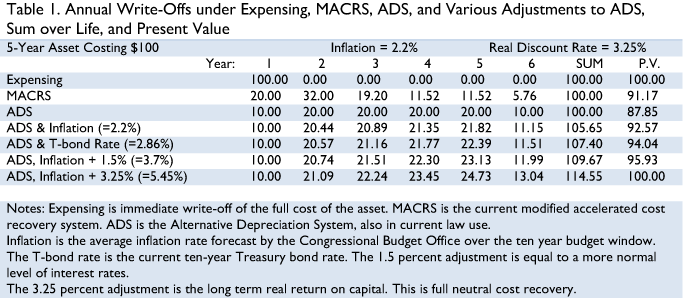Using the Time Value of Money for Business Decisions
Post on: 16 Март, 2015 No Comment

Saving Money to Open an Arts or Crafts Business. © Herreid | Dreamstime.com
The first article in this series about the time value of money introduces the topic by laying out a simple example using the future value of one and future value of an annuity tables. I use these tables to show you how to calculate how much money saved today will be worth in the future.
However, understanding the time value of money is also very important for you as an self-employed business person to make sure you are able to realize your spending, purchasing and retirement goals. This article discusses practical time value of money applications for your arts and crafts business.
Calculating Time for Your Investment
Ok, let’s say you want to leave your 9 — 5 job behind or are approaching retirement age and want to open an arts and crafts business. You prepare a business plan and after crunching the numbers, reckon you’ll need $25,000 to open your business. You have $10,700 that you can put aside now and you want to know how long it’s going to take for that $10,700 to grow into $25,000 if you are able to invest it at 5%.
Your known variables are what you have right now, which is $10,700 and how much you figure you’ll need — $25,000. You also know your rate of return, which is 5%,
Here are the steps you need to follow to come up with your unknown variable — time by using the future value of 1 table:
- Divide $25,000 by $10,700. This gives you 2.3 rounded to one place.
- Go to the future value of 1 table, and read down the 5% column until you get to 2.29. This factor shows up in the 17 period row. This tells you that all things being equal, it will take 17 years for your $10,700 to grow into $25,000 if invested at 5%.
- Don’t have a book with the future value tables handy? Excel has a function that will perform financial calculations for you. Using an Excel spreadsheet you go to Insert, Function, Financial and pick the proper function name. And, if you aren’t a spreadsheet whiz, put the key phrase future value tables in your favorite search engine and I’m sure you’ll be able to access the tables online.
Figuring Out Rate of Return
You’ve done the math and let’s face it — waiting 17 years for that $10,700 to grow into $25,000 is just unacceptable. What you want to figure out now is the rate of return needed to speed up the process.
So, let’s say you plan to retire and open your business in eight years. To back into your unknown, which in this case is the interest rate of return, you perform the same division as above ($25,000/$10,700) to get the factor of 2.3.
Go back to the future value of 1 table, read down the number of periods row to 5 periods and trace across that line until you get to 2.3. The cooresponding rate of return is 11%. So now you know you need to invest the $10,700 at 11% to have $25,000 to open your business at the end of eight years.
Conclusion
Alright, you may not be having a moonlight and magnolia moment about the results of either of these scenarios. Remember, they are just examples. If you can’t reach your arts and crafts business goals with the money at hand or expected in the future, it’s time to go back to the drawing board (business plan).
Think about ways you can use to cut expenses or bring in more money. How about bringing in a business partner? Or, hone in on one aspect of the business in the beginning and expand in the future when you have the cash. Consider operating out of an low-cost incubator to start. You can also think about renting studio time when needed instead of buying the equipment yourself.














